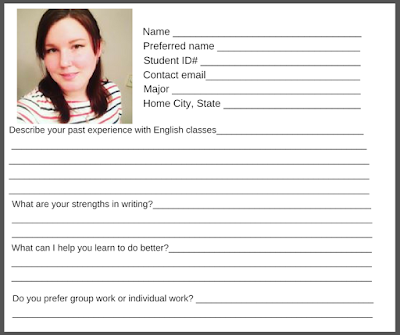Sojourner Truth's "Ain't I a Woman?" speech is short and powerful. I assign this reading during our argumentative essay writing unit and then we analyze it for logic and persuasive techniques.
I recently started assigning a writing activity to go along with it, and it was successful. I got some of the best writing out of my students all quarter because they wrote passionately. Here's the prompt:
Write a short, logical, persuasive speech defending yourself against something you have been denied or a stereotype or misconception about you.
Some examples of something students have been denied are attending an event or place because of age, a request to a parent (allowance, pet, expensive clothes...), membership in a club, a job they applied for, or a class change. Examples of stereotypes of misconceptions are that video game players are lazy, people who get good grades are nerds, athletes are not smart, or girls are too dramatic.
My students had no problem coming up with something. In fact, many immediately started writing the second I finished writing the prompt. The examples I gave were light-hearted and some were silly, but some students wrote about very serious racial stereotypes and misconceptions, and they said it felt good to be able to communicate what they felt.
Here's a link to "Ain't I a Woman?" if you want to give this a try:
https://sourcebooks.fordham.edu/mod/sojtruth-woman.asp














































